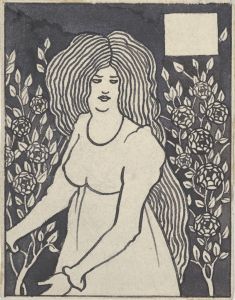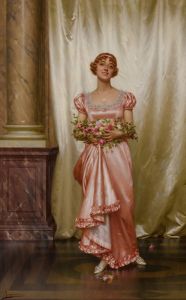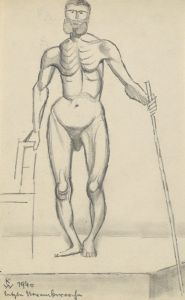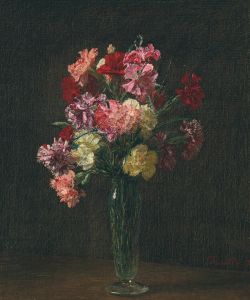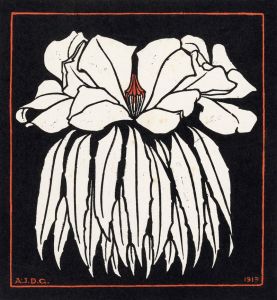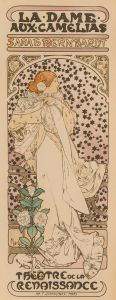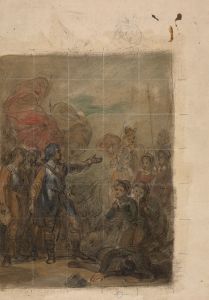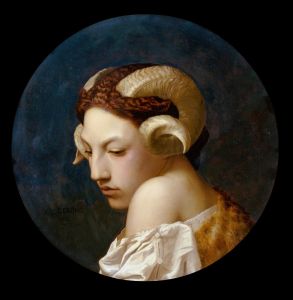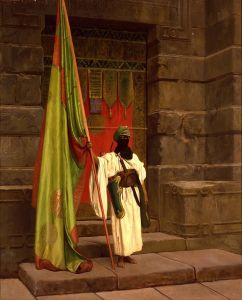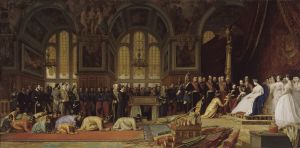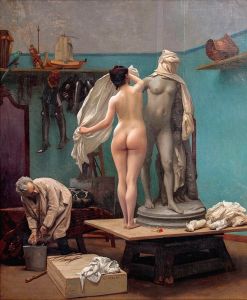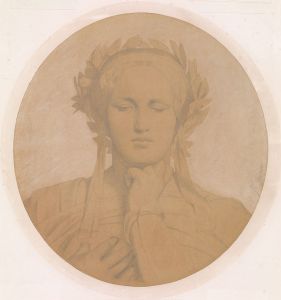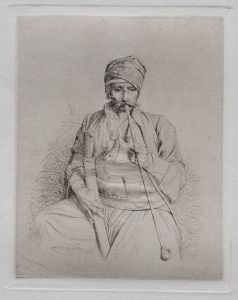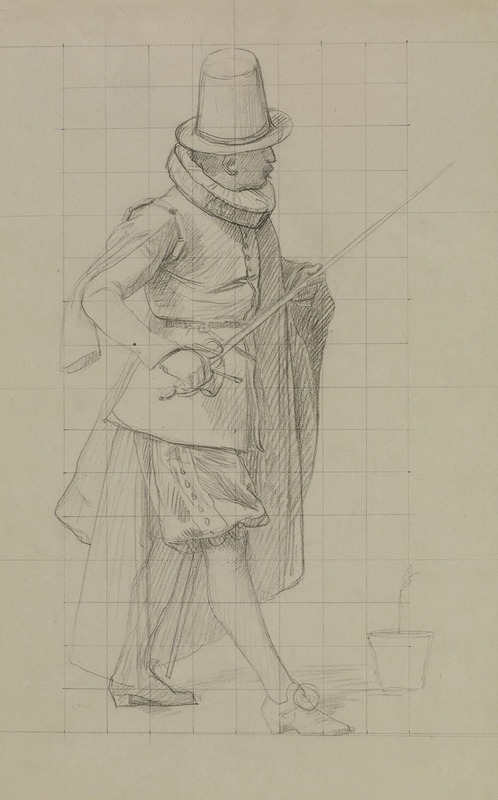
Study for ‘The Tulip Folly’
A hand-painted replica of Jean-Léon Gérôme’s masterpiece Study for ‘The Tulip Folly’, meticulously crafted by professional artists to capture the true essence of the original. Each piece is created with museum-quality canvas and rare mineral pigments, carefully painted by experienced artists with delicate brushstrokes and rich, layered colors to perfectly recreate the texture of the original artwork. Unlike machine-printed reproductions, this hand-painted version brings the painting to life, infused with the artist’s emotions and skill in every stroke. Whether for personal collection or home decoration, it instantly elevates the artistic atmosphere of any space.
Jean-Léon Gérôme's Study for ‘The Tulip Folly’ is a preparatory work for his larger painting The Tulip Folly, created in the 19th century. Gérôme, a prominent French academic painter and sculptor, was known for his meticulous attention to detail and his ability to capture historical and cultural themes with precision. This study reflects his process of developing the composition and themes for the final painting.
The subject of The Tulip Folly is inspired by the historical phenomenon of "tulip mania," a period during the Dutch Golden Age in the 17th century when the prices of tulip bulbs reached extraordinarily high levels before dramatically collapsing. Gérôme's work does not aim to provide a literal depiction of this economic event but instead uses it as a backdrop to explore themes of human folly and obsession.
In the study, Gérôme focuses on the figures and their interaction with the tulip fields. The scene depicts soldiers trampling a field of tulips, an act that symbolizes the destructive consequences of greed and excess. The soldiers' presence suggests an enforcement of authority, possibly alluding to the measures taken to control the speculative frenzy during tulip mania. The vibrant tulip fields contrast with the somber tone of the human activity, emphasizing the tension between beauty and destruction.
As a preparatory work, the study showcases Gérôme's process of refining his ideas and experimenting with composition, color, and lighting. It provides insight into his artistic methods and his dedication to historical accuracy and visual storytelling. Gérôme's ability to blend historical context with allegorical meaning is evident in this study, as he uses the tulip fields as a metaphor for the fragility of human endeavors and the consequences of irrational behavior.
The final version of The Tulip Folly is housed in a private collection, but Gérôme's studies and preparatory works, including this one, are valued for their contribution to understanding his creative process. Gérôme's works remain significant in the history of art for their technical mastery and their ability to engage with historical and cultural themes in a visually compelling manner.





